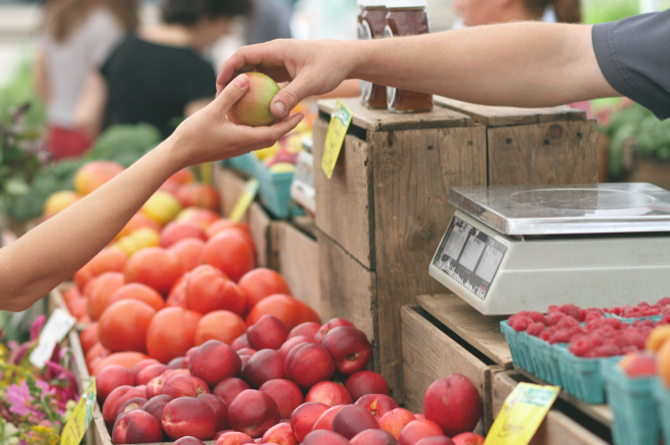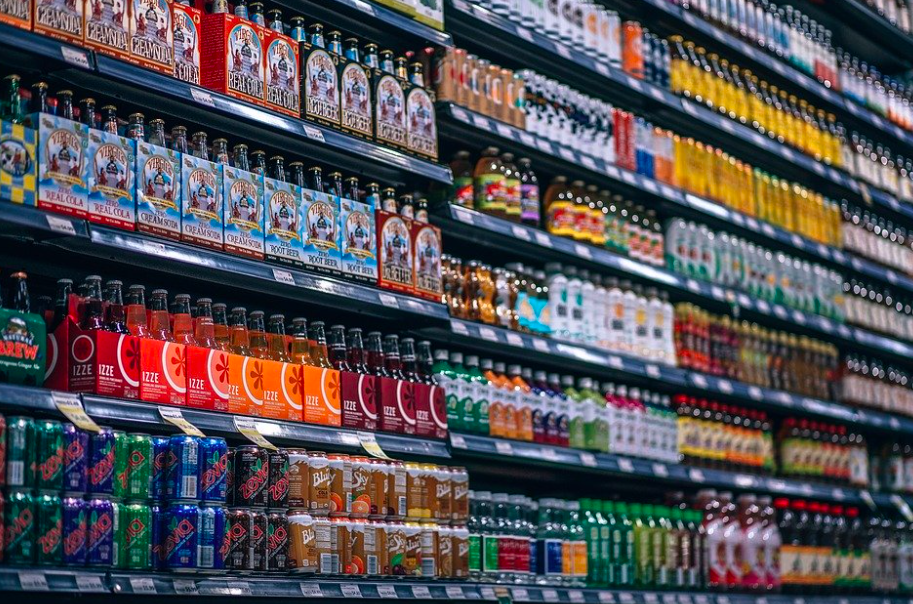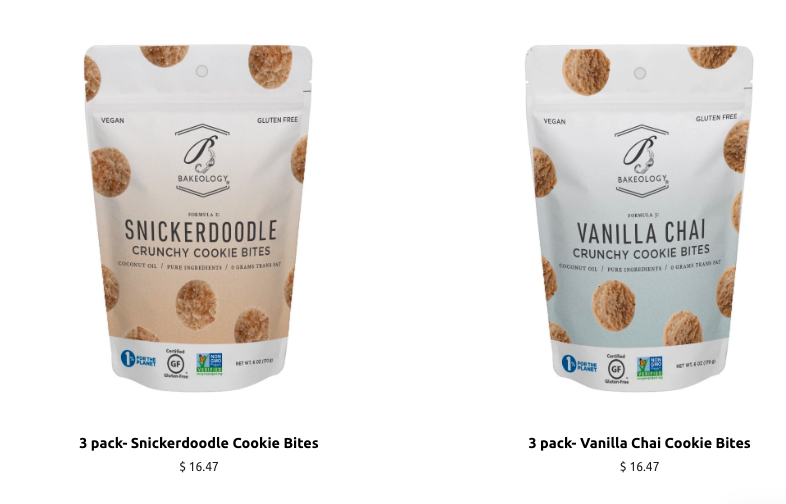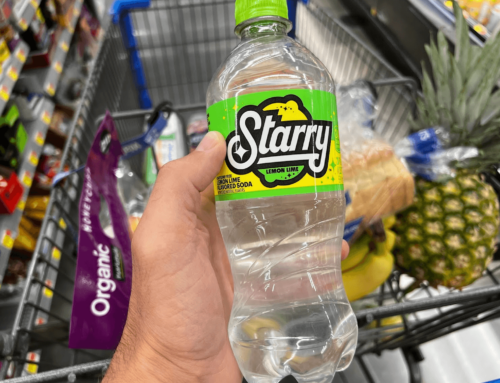The retail grocery industry has come a long way from modest grocers attending to local markets to what we consider now as a billion-dollar industry. Clarence Saunders, an American grocer is credited with conceptualizing the modern retail sales model by opening Piggly Wiggly in Memphis. This was the first retail grocery of its kind in the U.S. and led to the supermarkets we are familiar with today.
Don’t think that this concept has remained stagnant though. With the advent of technology, retail groceries are now going online as an alternative distribution channel, especially during this current pandemic.
In this industry report, we evaluate the some key facts and statistics that demonstrate how retail grocery is performing and evolving in our ever-changing world.

Supermarkets are experiencing a period of rapid change.
Retail Grocery Stats And Facts
In 2018, there were recorded 38,307 supermarkets spread across the country. (FMI)
According to a study, customer retail loyalty has improved last 2019 with 37% indicating that they want to shop with the same retailer than looking around for others. The figure is a 35% jump from the same period in 2018. (Customer Communications Group, Inc.)
74% of Millennials were found to have bought their groceries through convenience stores, according to a study by the International Council of Shopping Centers (ICSC). This figure tops the 67% that use Amazon and other retailers, as well as the 66% who shop at high-end superstores. (CSP Daily News)
Related Reading: 27 Meal Kit Industry Statistics and Consumption Trends
According to a late March (2020) data from Business Insider Intelligence showed that 54.3% of American adults used online grocery shopping while in quarantine.
Back in 2016, U.S. traditional food stores sold $648 billion worth of retail food and non-food products. (USDA)
Each U.S. supermarket store in the U.S. averaged $17.39 million in sales from 2012 to 2016. (Statista)
The total supermarket sales in the U.S. in 2018 reached $701.188 billion. (FMI)
Grocery customers who are aged 44 and below are likely to be more of a Loyalist while older customers, aged 45 and above are inclined to be Neutrals. These younger customers rank the lowest price as their highest purchasing factor, while older customers regard good value for money. (Customer Communications Group, Inc.)
According to an ICSC report, 23% of millennials shop 3 or more times a week to a grocery. When they shop online, 81% of them prefer to pick up their order from the store. (CSP Daily News)
The U.S. And Global Retail Grocery

Some modern grocery stores are designed to look more like farmer’s markets.
Last year, the global food and grocery retail market was worth $11.7 trillion and was anticipated to develop at a CAGR of 5.0% from 2020 through 2027 (pre-pandemic forecast). (Grand View Research)
2018 saw the total food and retail services sales in the U.S. reached $6.02 trillion. (Statista)
U.S. Supermarkets employed around 4.8 million individuals bask in 2018. (FMI)
In the first week of March this year, only 11% of U.S. adults did their groceries online. During the week of March 22, that number rose to 37% according to data from CivicScience.
Increasing brand awareness and the growing number of middle-class consumers have driven the food and grocery retail market in developing countries such as China and India. (Grand View Research)
Making up the biggest share in food store sales are supermarkets and small grocery stores with 92.4%. They are followed by convenience stores with 4.2%. (USDA)
Related Reading: 35 Vending Machine Industry Statistics and Trends
According to surveys, U.S. customers typically do their groceries on warehouse clubs like Costco, spending an average of $89 per trip. (Statista)
Rounding up the remaining 3.4% are retail bakeries, candy, and nut stores, as well as functional food stores which include meat and seafood markets. (USDA)
In 2018, American shoppers made an average of around 1.6 trips to grocery stores. (Statista)
Covid-19 Impact

Pre-packaged foods have experienced growth during the pandemic.
Consumer spending and per capita income is expected to decline this year due to the current pandemic. As such, the demand for high-quality and premium products are also expected to decline, negatively affecting earnings. (IBISWorld)
While the current pandemic remains to be unpredictable, most consumers are expected to prefer home meal preps and groceries than foodservice through the remainder of the year. (Mintel)
The first two months of this year saw American retailers thriving with food and retail services revenues increased by 6.5% year-on-year. (Forbes)
With the current health crisis, the growth of Grocery Stores and Supermarkets are expected to slow down this 2020 as customers remain in their homes to prevent the spread of the virus. (IBISWorld)
Multi-Outlet Grocery sales have steadily albeit gradually increasing from 2014 to 2019. The current pandemic, however, gave the industry a sudden but short term push due to consumers’ panic buying. The health crisis also brought out new challenges to the industry in the present and in the long term. (Mintel)
Affected major retailers are responding to the challenges posed by the current pandemic by hiring close to half a million workers. Walmart is reportedly beefing up its workforce by 150,000, Amazon by 100,000, CVS and Dollar General by 50,000, and Albertsons with about 30,000. (Forbes)
In spite of the current health crisis, many believe that retail groceries won’t be severely affected like other industries, as these stores remained opened since the start of the pandemic. The retail grocery industry is also considered to be an essential business during this time of crisis. (IBISWorld)
In fact, three of the country’s retail market leaders are set to benefit from the current pandemic, however small the increase would be. Food and beverage stores are expected with a 12.5 % share of the $6.2 trillion food and retail services sales from last year. While electronics are pegged at 11%, general merchandise shops with 9.2% (excluding department stores), and health and personal care shops with 5.7% of the retail market share. (Forbes)
According to data from Rakuten Intelligence, the order volume for online retail groceries rose by 210% between March 12 to 15, as against the same period last year. (eMarketer)
Trends in Retail Grocery

These are the key trends in retail grocery.
Trends Shaping The Future
- In-Store Pop-Ups, Events, and Classes. One of the strategies retail groceries need to do to move forward is to keep customers inside the stores for a considerable amount of time. Retailers such as Origins has devoted to keeping their shoppers inside the store, this strategy increased their sales from between 20% to 40%, according to a report from The Wall Street Journal. (LS Retail)
- Shop-and-Eat Blending Concepts. As retailers look into new customer experience, it would be advisable to look beyond the retail business and venture into event management and hospitality trade. In order to do this, they first need to understand their customer base, a definitive brand concept, as well as a clear platform to manage everything – from retail, limited-seat events, and classes, and to F&B. (LS Retail)
- Personalized Customer Experience Analytics. Supermarket brands are expected to carry out business intelligence units to tackle big data analytics in the coming months. The very goal of which is to improve consumer satisfaction and give personalized customer experience. (LS Retail)

Digital Trends in Retail Grocery
- First Has Its Advantages. The first player who delivers the best customer experience is the one who’ll be the leader. Some industry players think that offering a smooth click-and-collect experience while others believe this would entail the one who delivers the fastest. (McKinsey & Company)
- Automation Innovation Improvisation. Picking automation within the industry is already in the process. Amazon recently acquired Kiva Systems for picking-center robotics. Ocado in the United Kingdom has collaborated with Sobeys and Kroger to automate picking centers in Canada and the U.S. accordingly. Meanwhile, Kroger is working with Cimcorp to deliver the automated storage-and-picking system to its dairy facilities. (McKinsey & Company)
- Volume Significance. The United States has a relatively low e-grocery infiltration than the U.K., the ratio being 3-4% to 7%. The demand-frequency test will become less of a concern once e-commerce operations reach volume. This can be achieved either through market infiltration/control or a shift to an integrated model that make financial realization in more locations. (McKinsey & Company)
The Final Word…
Can you imagine a world without retail grocery? It’s one of the most important industries in the world as it helps supply families around the world with basic necessities. This industry also gives consumers the power to choose, presenting us with an abundance of food and consumer good items.
Given the current pandemic situation, the retail grocery is also expected to focus on online grocery shopping, as governments have mandated lockdowns to prevent the spread of Covid-19. Some trends such as keeping the customer inside the store through strategic marketing may have to hold through 2021. Others trends like digital payments have accelerated rapidly.




